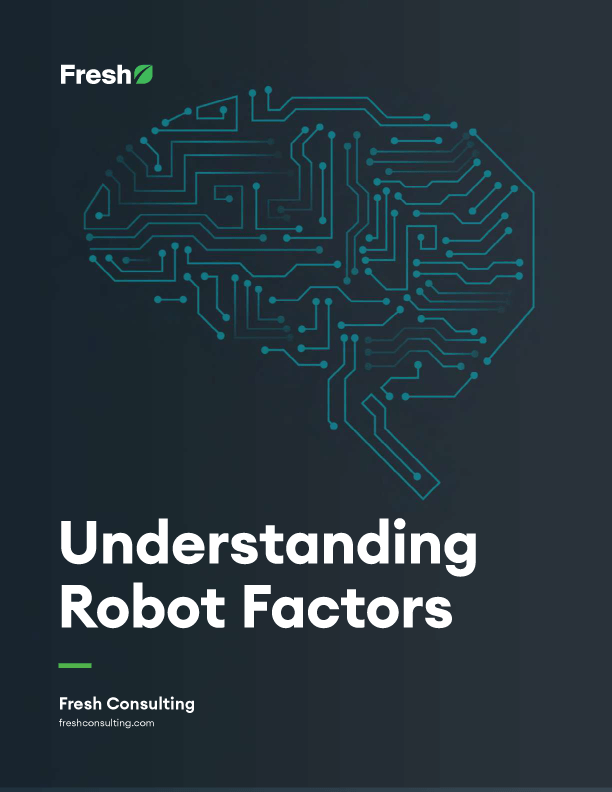Article
3 Fundamental Methods for Digital Project Management

One of the critical first tasks of a project manager is to choose the right project management methodology for the project.
We recommend fitting the PM method to the project, not fitting the project to the method.
But with so many options available, where do you even begin? Often the best approach is customized – picking what works best for the project from each method, and combining them into a unique methodology, but it’s difficult to make that judgment without guidance.
Below, we’ll discuss three key methodologies. Our recommendation is to view each method as distinct but flexible. Identify what makes sense for a project from each method, rather than choosing one method and sticking to it at the expense of creating something truly high-end.
PM Methodology #1: Waterfall
Waterfall is a linear process for design and development, where line items for creating the software are set and completed in order. Put succinctly, once one step is complete, the team moves onto the next step. The team typically can’t go back a step without starting over from the beginning of the process, as each step is contingent on the ones leading up to it.
Waterfall is best for simple, unchanging projects. This method is akin to a relay race where every individual does their part, then passes the baton to the next person trying to cross the finish line.
Key Points About Waterfall
It’s easy to use and manage: A Waterfall-organized project follows a predictable pattern, with no training necessary. This is a method that most design and development teams are familiar with. It also has a clearly defined timeline and project deliverables.
Discipline is enforced: Every phase has a definitive start and end, and expectations for deadlines and quality are clear from the outset.
It’s a well-documented approach: Documentation (project summaries, updates, etc.) are required during every phase, producing a high level of detail for stakeholders.
There’s a cost to changing already completed work: Once a phase is complete, it is more time-consuming to make edits. Each phase stacks upon the next, creating a firm foundation that – if changed – is difficult, expensive, and time-consuming to fix.
It has a high degree of organization: All phases must be completed before delivery. This makes it even more important to test a minimum viable product for validation before the product’s release.
Requirements can be inaccurate: The method is linear and necessitates highly accurate requirements upfront. However, regardless of how much understanding/ research stakeholders provide, it can be hard to agree on exactly what users want.
When to Use Waterfall
- For projects with clear, fixed requirements
- When you have confidence within the organization and project team
- With a short, fixed project timeline
- With a small project team
- With high familiarity with the project’s technology
Sample Projects: Website refresh, advertising campaign, video production
PM Methodology #2: Kanban
Kanban is a low-structure agile framework that iteratively optimizes the workflow.
This means that the current workflow is documented and tracked at each stage. The PM will set policies and measure efficiency by consistently managing and updating the workflow based on this documentation. The goal is to limit the amount of work in progress at any time and reduce the time it takes to go from an idea to a shippable feature.
As teams work, the PM leads them to reflect on their current process and makes small incremental changes. Kanban typically works best for projects with rapidly changing requirements and when strict roles are not needed. Kanban can be used in conjunction with Scrum.
Key Points About Kanban
The method is easily understood by team members and stakeholders: The visual nature of Kanban makes it intuitive, allowing everyone to quickly align. It is important to keep it simple and policies explicit to help enforce shared understanding.
It provides increased flexibility: It’s a fluid model with changing priorities and phase durations. Being able to easily shift project items around means that the team won’t spend time doing unnecessary work. But it also means it may not be clear when a task will be completed or how long a phase will last.
The work in progress at any point is limited, creating bottlenecks: The emphasis is on finishing tasks and pulling things through the workflow to the finish line. When there is a limit to the number of items that can be worked in each phase, bottlenecks become clear and easier to address.
Design cycle time is minimized: “Just in time” delivery of the most top of mind functionality – with short workflows – limits the amount of time spent on any one project component. This reduces risk and increases the speed of incremental improvements.
When to Use Kanban:
- When you don’t need a concrete plan, with frequent changes to features
• When you need to react fast, with no clear timelines or milestones
• When smaller, incremental changes are required
Sample Projects: Larger websites, smaller web apps, smaller mobile apps
PM Methodology #3: Scrum
Scrum is a structured and iterative model for agile software development particularly suited to manage complex projects with a high degree of uncertainty. Fixed length iterations, or “Sprints” with frequent prioritization and ongoing planning based on user feedback – are key to this method. Clear roles are defined with involvement and approval from stakeholders.
Key Points About Scrum
Often, there’s more project visibility: Scrum “ceremonies” keep the team on the same page, eliminating confusion and mitigating issues.
There’s a high level of accountability: The approach involves shared, collaborative management of releases and ownership of code and design quality, with PMs not being solely responsible.
It’s easy to accommodate change: Scrum spreads planning out over time, rather than doing all planning upfront. This provides a framework for uncertainty, with short sprints and constant feedback allowing the team to be nimble to shifting user or market needs.
Teams can easily deal with uncertainty: Tackling certainty by features or bundles of features is more complex than, for example, mitigating all uncertainty upfront with Waterfall. There is reduced risk: Coding, testing, and feedback in smaller chunks allow the team to correct mistakes early on.
When to Use Scrum:
- With a shifting or fast moving product market and quickly evolving technology
- With a large and/or complex project scope
- With a high degree of uncertainty in goals/requirements or technology
- When there’s a central need for user feedback
Sample Projects: Web applications, mobile applications, large websites
How to Choose the Right Method
It would be convenient if there were an easy answer for exactly when and why each PM methodology should be used, but digital projects are complex, and so too is the process of managing them. While Waterfall, Kanban, and Scrum all have their own benefits and blind spots, an overarching Design-Led, agile philosophy will allow you to mitigate risk and adapt the approach as needed.
This comes back to why project managers are so important and why we use them for every project at Fresh: the PM provides the strategic, consultative expertise to determine which methodology is right for your project. While it can help to look at similarly sized or staffed projects for inspiration, digital products are rarely the same, as each carries its own unique constraints.
The Project Manager is your guide to choosing the best approach, whether by the books or uniquely customized. The key is having an open and honest dialogue about your unique needs so as to determine the best course for allocating resources. The end result of working with a project manager? The right digital product, built right.









